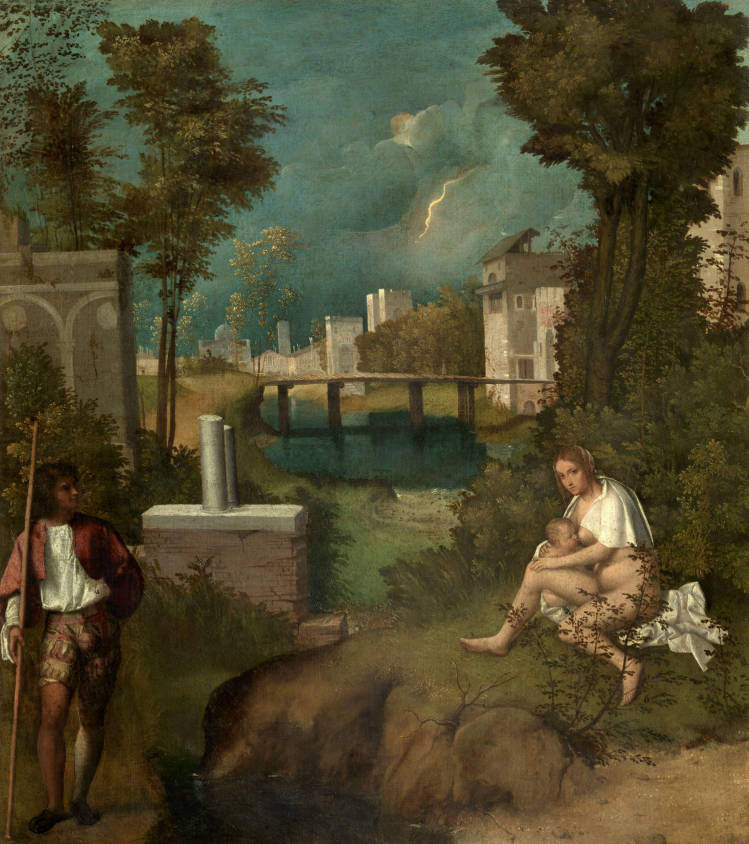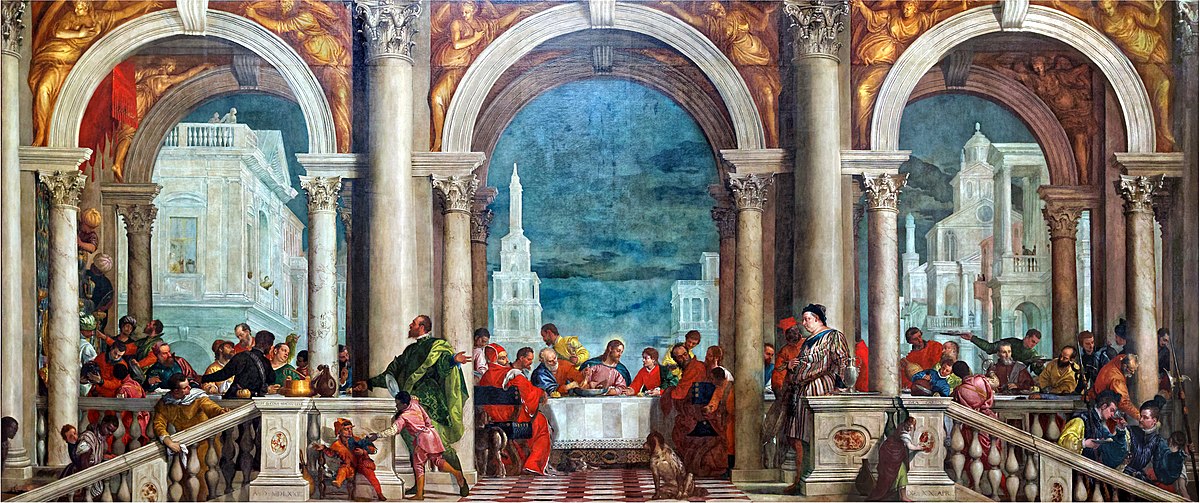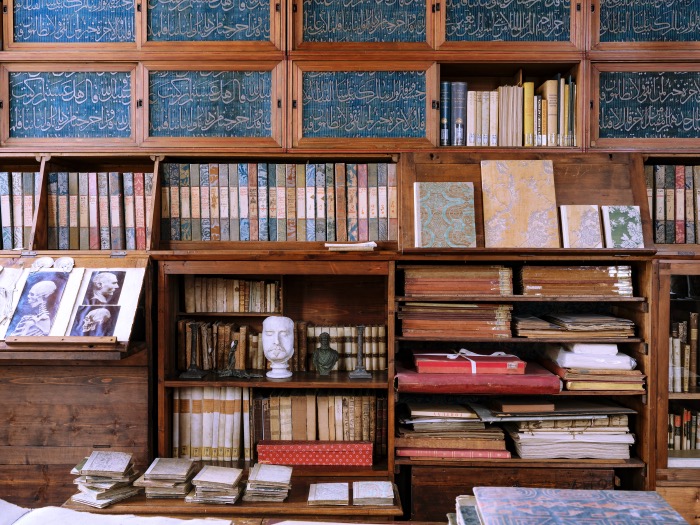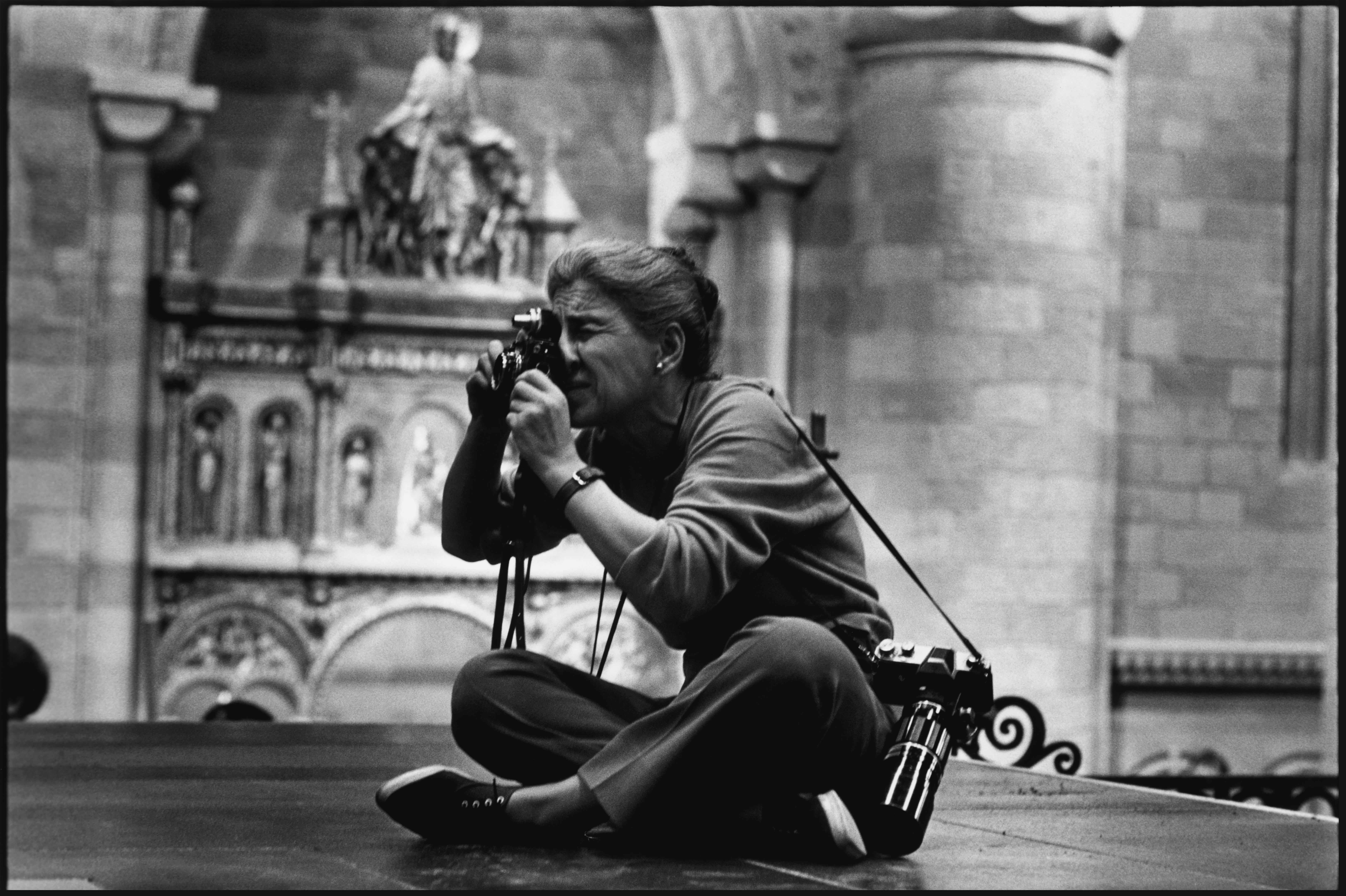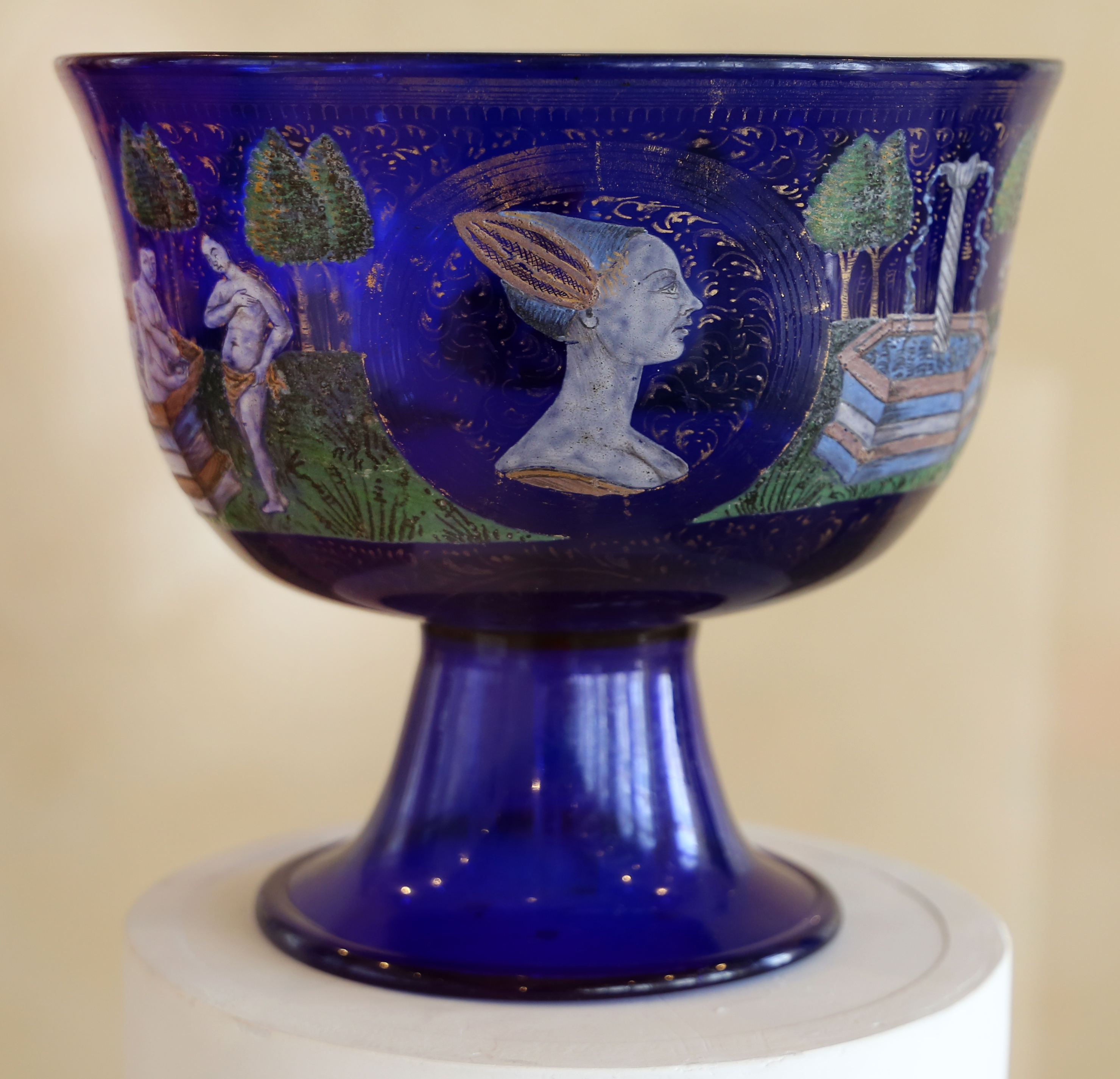
If you want to learn about the art of Venetian glassmaking, you have to start with its masterpiece: the Coppa Barovier.
It is in fact a work made in the 15th century and in this post I want to tell you about the historical and cultural importance of this cup, which is the highest example of the technical and artistic excellence of the craftsmen of the island of Murano and their ability to create works of art that have stood the test of time.
The Coppa Barovier is the symbol of Venetian culture in the world and is exhibited at the Murano Glass Museum in Venice. Knowing and admiring it means appreciating and preserving the culture and history of Murano glass art.


